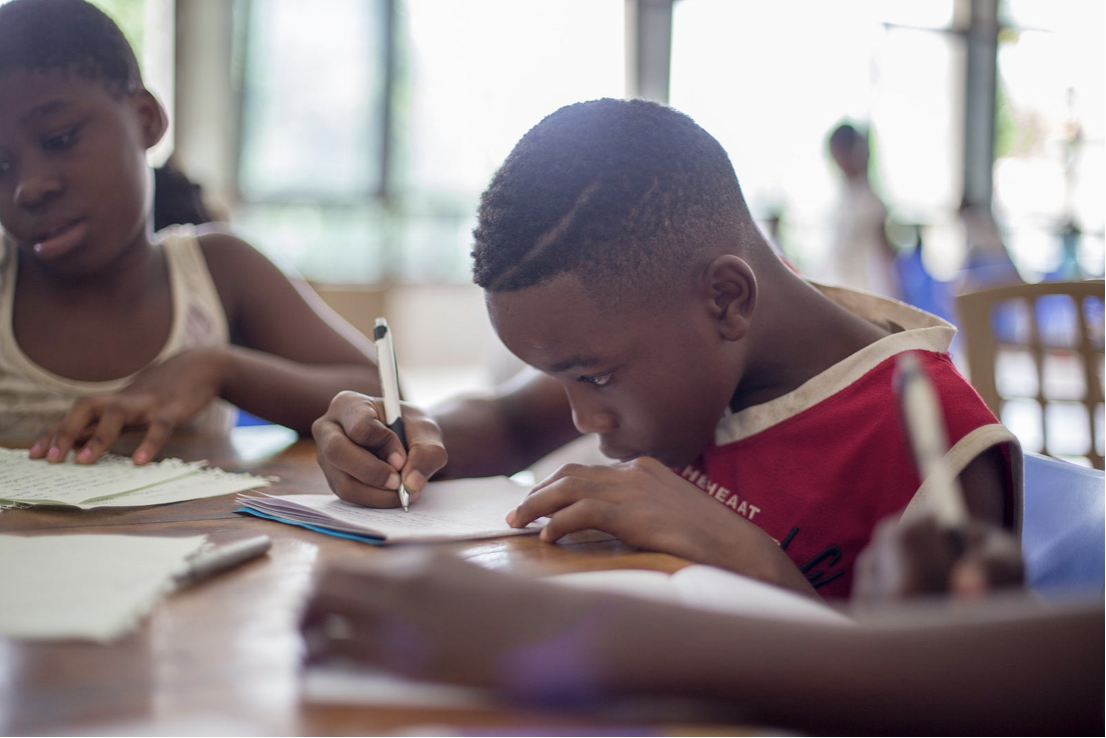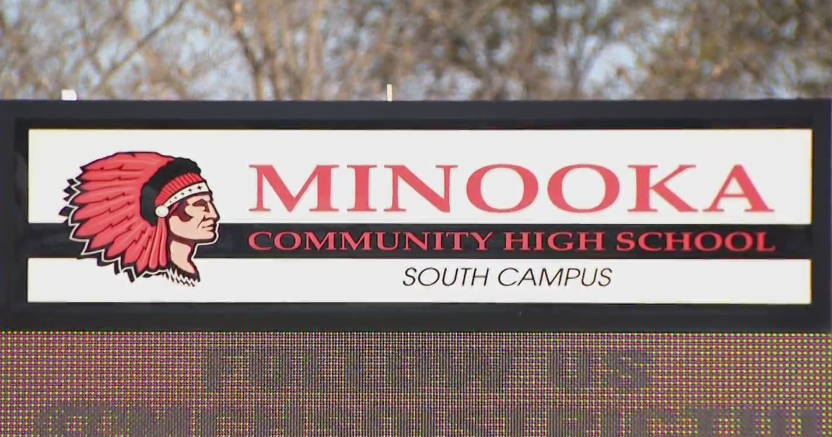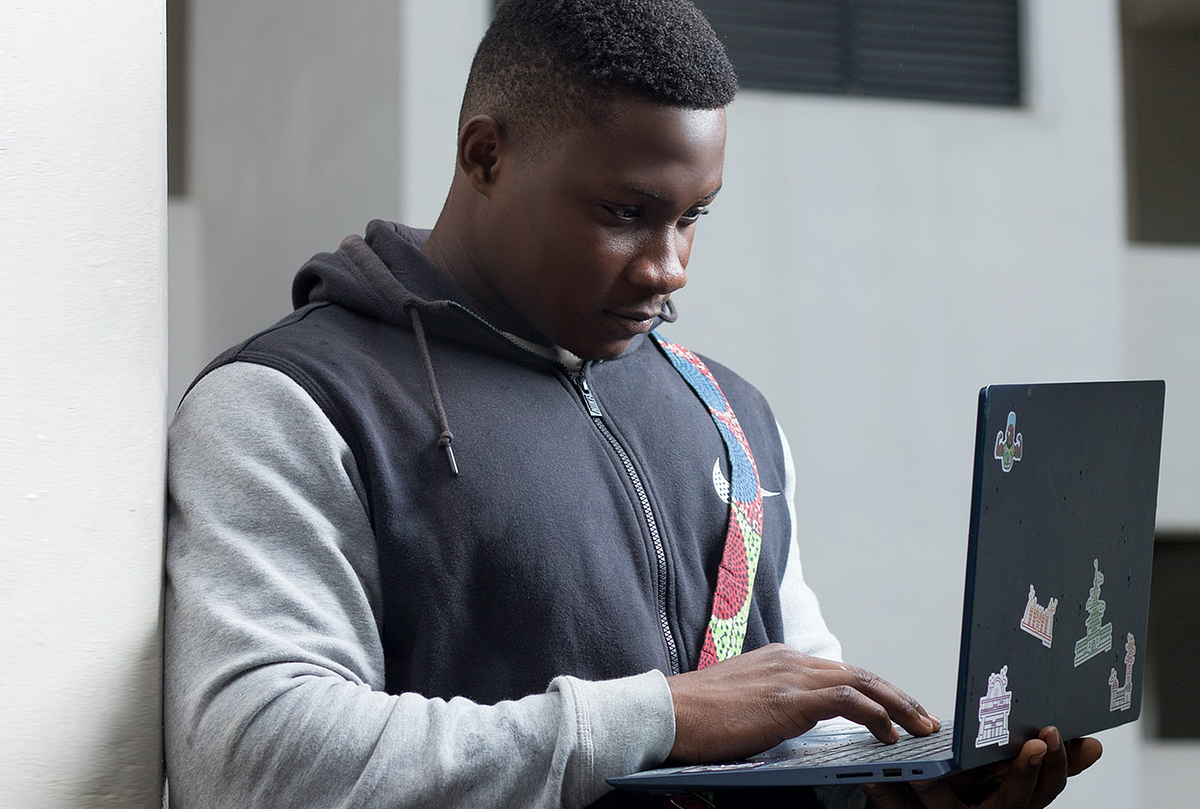Why Racism Remains Alive in Public Education
|
Older messages
Course Examines How Newspapers Covered Lynchings
Thursday, December 7, 2023
Student journalists are using spreadsheets and databases to examine one of the darkest chapters in American history. OHF WEEKLY Course Examines How Newspapers Covered Lynchings By The Conversation US •
A Tale of Two Cities: Racism in City Planning
Friday, December 1, 2023
OHF WEEKLY, Vol. 5 No. 41: Editor's Letter, “Will Peace Ever Overcome Hate?,” “Exploring the Impact of Artificial Intelligence on Social Justice,” and a quote by Samella Harris. OHF WEEKLY A Tale
Will Peace Ever Overcome Hate?
Tuesday, November 28, 2023
African Americans have chosen to be aspirational in pursuit of freedom from oppression and injustice, as opposed to terrorism and deconstructionist thinking. OHF WEEKLY Will Peace Ever Overcome Hate?
GivingTuesday, Our Human Family, and You
Sunday, November 26, 2023
Give, collaborate, and celebrate generosity. OHF WEEKLY GivingTuesday, Our Human Family, and You By The OHF Weekly Editors • 25 Nov 2023 • Comment View in browser View in browser 💛 Hey Reader,
Exploring the Impact of Artificial Intelligence on Social Justice
Friday, November 24, 2023
Is AI humanity's Prometheus moment? OHF WEEKLY Exploring the Impact of Artificial Intelligence on Social Justice By Jesse Wilson • 24 Nov 2023 • Comment View in browser View in browser Prometheus
You Might Also Like
Starting Next Week: A New Course on Wordsworth
Tuesday, March 4, 2025
Class starts March 13. Enroll today. Upcoming Literary Seminar: Timothy Donnelly on William Wordsworth Dive into the work of one of England's most influential poets. In this three-session seminar
An update on how Trump’s proposed tariffs could raise food costs
Tuesday, March 4, 2025
A Michelin-starred chef backpedals after disparaging retweets
The Best Memes & Tweets About The 2025 Oscars
Tuesday, March 4, 2025
Plus: Ariana Grande's Oscars performance had a hidden meaning. • Mar. 4, 2025 Up Next Your complete guide to industry-shaping entertainment news, exclusive interviews with A-list celebs, and what
Red Hot And Red
Tuesday, March 4, 2025
What Do You Think You're Looking At? #204 ͏ ͏ ͏ ͏ ͏ ͏ ͏ ͏ ͏ ͏ ͏ ͏ ͏ ͏ ͏ ͏ ͏ ͏ ͏ ͏ ͏ ͏ ͏ ͏ ͏ ͏ ͏ ͏ ͏ ͏ ͏ ͏ ͏ ͏ ͏ ͏ ͏ ͏ ͏ ͏ ͏ ͏ ͏ ͏ ͏ ͏ ͏ ͏ ͏ ͏ ͏ ͏ ͏ ͏ ͏ ͏ ͏ ͏ ͏ ͏ ͏ ͏ ͏ ͏ ͏ ͏ ͏ ͏ ͏ ͏ ͏ ͏ ͏ ͏ ͏ ͏ ͏ ͏
What to Watch For in Trump's Abnormal, Authoritarian Address to Congress
Tuesday, March 4, 2025
Trump gives the speech amidst mounting political challenges and sinking poll numbers ͏ ͏ ͏ ͏ ͏ ͏ ͏ ͏ ͏ ͏ ͏ ͏ ͏ ͏ ͏ ͏ ͏ ͏ ͏ ͏ ͏ ͏ ͏ ͏ ͏ ͏ ͏ ͏ ͏ ͏ ͏ ͏ ͏ ͏ ͏ ͏ ͏ ͏ ͏ ͏ ͏ ͏ ͏ ͏ ͏ ͏ ͏ ͏ ͏ ͏ ͏ ͏ ͏ ͏ ͏ ͏ ͏ ͏
“Becoming a Poet,” by Susan Browne
Tuesday, March 4, 2025
I was five, / lying facedown on my bed ͏ ͏ ͏ ͏ ͏ ͏ ͏ ͏ ͏ ͏ ͏ ͏ ͏ ͏ ͏ ͏ ͏ ͏ ͏ ͏ ͏ ͏ ͏ ͏ ͏ ͏ ͏ ͏ ͏ ͏ ͏ ͏ ͏ ͏ ͏ ͏ ͏ ͏ ͏ ͏ ͏
Pass the fries
Tuesday, March 4, 2025
— Check out what we Skimm'd for you today March 4, 2025 Subscribe Read in browser But first: what our editors were obsessed with in February Update location or View forecast Quote of the Day "
Kendall Jenner's Sheer Oscars After-Party Gown Stole The Night
Tuesday, March 4, 2025
A perfect risqué fashion moment. The Zoe Report Daily The Zoe Report 3.3.2025 Now that award show season has come to an end, it's time to look back at the red carpet trends, especially from last
The FDA Just Issued a Recall on a Supplement — Because it Contains an ED Drug
Monday, March 3, 2025
View in Browser Men's Health SHOP MVP EXCLUSIVES SUBSCRIBE The FDA Just Issued a Recall on a Supplement — Because It Contains an ED Drug The FDA Just Issued a Recall on a Supplement — Because It
10 Ways You're Damaging Your House Without Realizing It
Monday, March 3, 2025
Lenovo Is Showing off Quirky Laptop Prototypes. Don't cause trouble for yourself. Not displaying correctly? View this newsletter online. TODAY'S FEATURED STORY 10 Ways You're Damaging Your


